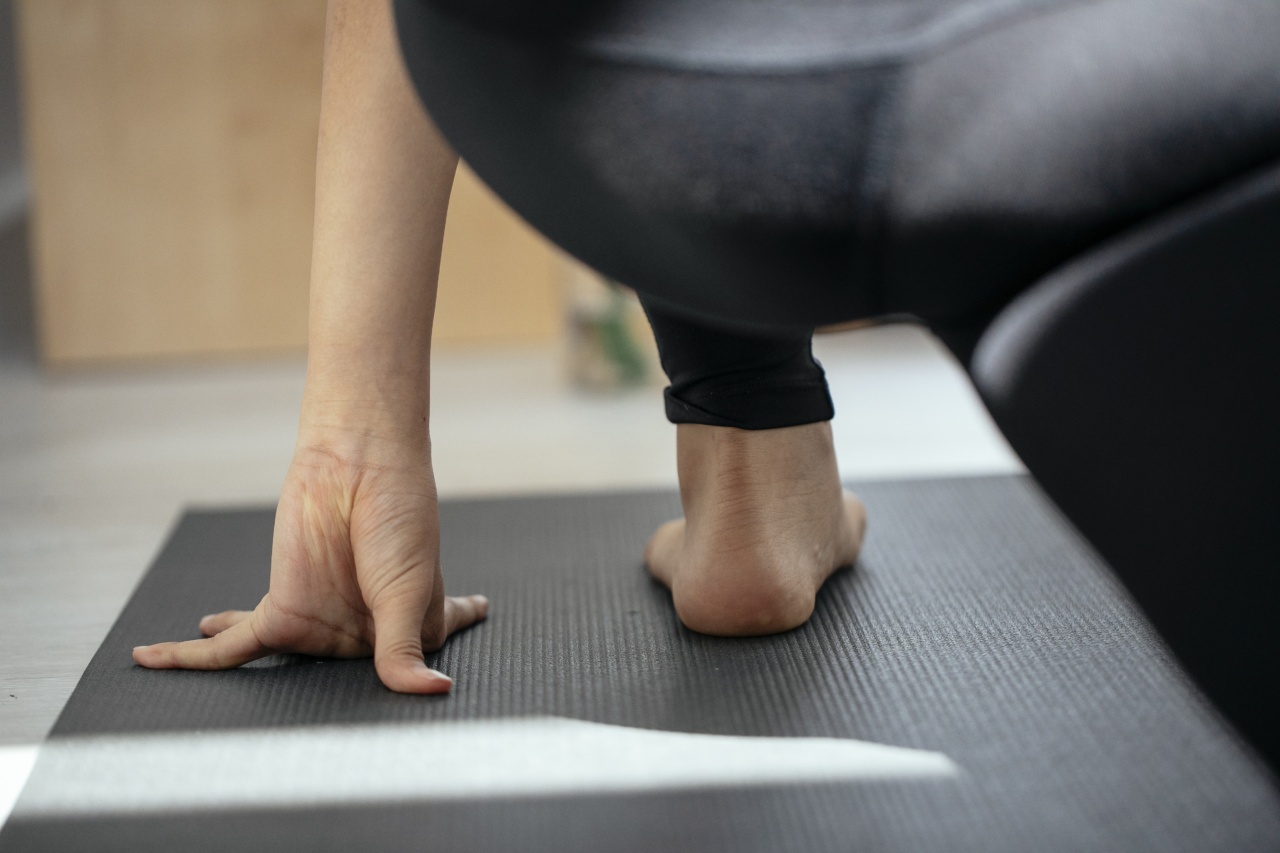Cervical syndrome is a condition that is characterized by stiffness, pain, and discomfort in the neck area. It can be caused by poor posture, stress, injuries, or underlying medical conditions.
While there are medical treatments available for cervical syndrome, many people prefer to take a more holistic approach to relieve their symptoms. In this article, we’ll explore some holistic approaches that can help alleviate cervical syndrome.
1. Yoga and Stretching
Yoga and stretching exercises can help relieve the tension and stiffness in your cervical muscles. Practicing yoga regularly can improve your posture, release tension in your neck and shoulders, and also reduce stress and anxiety.
The following are some simple yoga poses and stretches that can be beneficial:.
- Neck roll
- Ear to shoulder stretch
- Shoulder rolls
- Upward facing dog
- Child’s pose
- Mountain pose
2. Massage Therapy
Massage therapy is an effective way to relieve tension and pain in your cervical muscles. A licensed massage therapist can apply different techniques to improve circulation, reduce inflammation, and promote relaxation.
They may use hot stones, essential oils, or other tools to enhance the massage experience.
3. Acupuncture
Acupuncture is a traditional Chinese practice that involves inserting thin needles into specific points on the body. It is believed that acupuncture can help relieve pain and improve blood flow by regulating the body’s energy channels.
While some people may be hesitant to try acupuncture, many find that it is a highly effective way to reduce cervical pain and stiffness.
4. Chiropractic Care
Chiropractic care involves the manipulation of the spine to correct alignment issues and improve overall functioning.
A chiropractor can perform adjustments that help reduce muscle tension, improve range of motion, and alleviate pain in the neck and shoulder areas. They may also recommend exercises and stretches to complement the adjustments.
5. Heat Therapy
Applying heat to your cervical area can help relieve muscle tension and improve circulation. You can use a warm towel, hot water bottle, or heat wrap to provide heat therapy.
It is important not to use too much heat, as it can cause burns or other injuries. Always follow the instructions provided and never apply heat for longer than recommended.
6. Aromatherapy
Aromatherapy involves using essential oils to promote relaxation and reduce pain. Some oils that may be beneficial for cervical syndrome include lavender, peppermint, and eucalyptus.
You can use a diffuser to release the scent into the air, or add a few drops to your bath or massage oil.
7. Dietary Changes
There are certain foods and supplements that can help reduce inflammation and promote healing in the body. Eating a diet that is rich in antioxidants, vitamins, and minerals can help boost your immune system and aid in the healing process.
Some foods that are particularly beneficial for cervical syndrome include:.
- Dark leafy greens
- Fatty fish
- Nuts and seeds
- Berries
- Ginger
- Turmeric
8. Mind-Body Therapies
Mind-body therapies, such as meditation and mindfulness, can be highly effective in reducing stress and improving overall well-being.
Practicing mindfulness can help you become more aware of your body and your breath, which can help you release tension and reduce anxiety. Meditation can help you find a sense of inner calm and relaxation, which can be highly beneficial for managing cervical syndrome.
9. Posture Correction
Poor posture is often a primary cause of cervical syndrome. Sitting or standing in the wrong position can put unnecessary strain on your neck and shoulder muscles.
Correcting your posture can be highly effective in reducing pain and stiffness in the cervical area. Some tips for improving your posture include:.
- Sitting up straight
- Keeping your shoulders relaxed
- Keeping your computer screen at eye level
- Using a supportive chair
- Taking breaks to stretch and move
10. Sleep Position
The position you sleep in can also have a significant impact on your cervical health. Sleeping on your stomach can cause strain on your neck and shoulders, while sleeping on your back or side can help alleviate tension and pressure.
It is also important to use a supportive pillow that helps keep your neck in a neutral position.



























